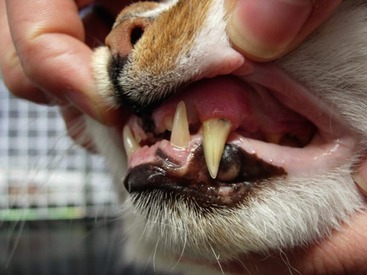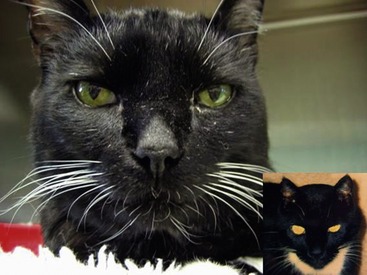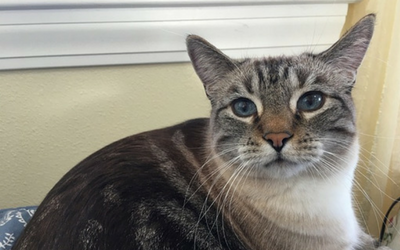acromegaly in cats prognosis
The short-term prognosis in cats with untreated acromegaly is fair to good. This tends to increase in size creating problems even at.

Acromegaly In Cats The Veterinary Nurse
The earliest witnessed signs tend to be those of unregulated diabetes mellitus.
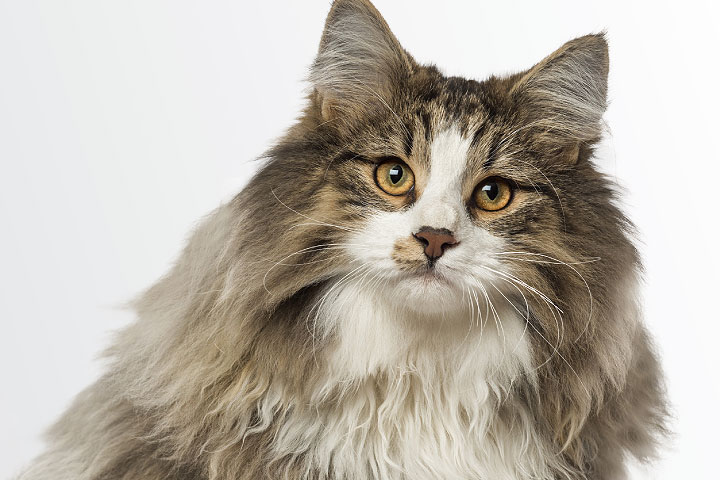
. Survival time 8-30 months. Mild cardiac disease can be managed with diuretics and vasodilators. Feline acromegaly is most commonly caused by a functional pituitary tumor.
One of the first signs or symptoms of Acromegaly is difficult to control diabetes and insulin resistance leading to very or even extremely high doses of insulin being. Acromegaly is an endocrine disease that leads to elevated production and secretion of growth hormone GH. Additionally the ideal treatment protocol has yet to be.
Visit your local VCA Veterinarian see what makes us different. Most die of complications eg congestive heart failure Heart. When cats develop acromegaly they can sometimes show specific signs of there being something wrong with them or their symptoms come on more progressively.
No single test for the diagnosis of feline acromegaly exists. The longterm prognosis is relatively poor however and most cats die of. Get a 20 Off First Visit Coupon Now.
Acromegaly is a condition that comes about when something affects your cats pituitary gland and causes it to secrete more growth hormones than are necessary. Definitive diagnosis can be difficult because of the gradual disease onset subtle clinical signs unavailability of relev. Cat Diseases diagnosis Cat Diseases radiotherapy.
Acromegaly in cats is mainly caused by the presence of a pituitary adenoma that is a non-malignant but productive tumor responsible for the overproduction of growth hormone. However cats of any age or sex can develop acromegaly. Chronic kidney disease neurological signs or euthanazed due to painful polyarthropathy.
Insulin resistance is generally controlled satisfactorily by using large doses of insulin divided into several daily doses. Diagnosing feline acromegaly starts with a clinical suspicion based on a thorough history signalment and clinical signs. In dogs it is usually related to an increase in se.
Acromegaly is most commonly seen in older 10 years old neutered male cats that have insulin-resistant diabetes mellitus. Print off the owner factsheet on Acromegaly in cats Acromegaly in cats to give to your client. The longterm prognosis is relatively poor however and most cats die of.
Long thought to be quite rare in cats there is increasing understanding that Acromegaly or Hypersomatotropism is more prevalent than thought. The short-term prognosis in cats with untreated acromegaly is fair to good. Acromegaly should be considered in any diabetic cat with.
Ad Save on Your Pets First Exam at VCA. Fortunately it is considered an uncommon disease although experts feel that it is probably underdiagnosed. Many of the abnormalities noted in the complete blood counts serum chemistry profiles and urinalyses of affected cats reflect concurrent diabetes mellitus.
This is most often caused by an abnormal growth or tumor in the pituitary gland and the hormones may vary somewhat. Common symptoms associated with insulin resistance include weight loss despite a good appetite and increased thirst and urination. An increased need to use the litter tray.
Feline acromegaly is caused by a pituitary adenoma that secretes excessive amounts of growth hormone. Acromegaly was diagnosed in 14 middle-aged to old cats of mixed breeding. The source of the growth hormone is a tumor of the pituitary gland.
Thirteen 93 of the cats were male and one was female. Mild cardiac disease can be managed with diuretics and vasodilators. There is no single diagnostic test for feline acromegaly - a confident diagnosis relies on a combination of clinical signs feline growth hormone and insulin-like growth factor 1 levels and intracranial imaging.
Feline acromegaly is a disease caused by secretion of excessive growth hormone GH. Insulin resistance is generally controlled satisfactorily by using large doses of insulin divided into several daily doses. Symptoms Associated with the Condition.
Middle-aged and older male cats are the most commonly affected. No breed predispositions have been recognised to date. Characteristic effects of excessive growth hormone secretion include the development of diabetes mellitus and growth of the acral segments of the body jaw extremities skull etc.
Congestive heart failure renal failure Kidney. Acromegaly occurs as a result of excessive growth hormone GH production. It can occur in adult and aged cats and is usually associated with neoplasms such as functional pituitary macroadenoma of somatotropic cells.
Feline acromegaly is also called feline hypersomatotropism. Polyuria and polydipsia as well as nocturia and urinary incontinence. Acromegaly in Cats Causes.
All developed severe insulin resistance within a few months. The condition is oftentimes difficult to diagnose as the symptoms are. The signs to watch out for could include the following.
Acromegaly is characterized by chronic excessive growth hormone GH secretion by the pituitary gland. The earliest clinical signs in the 14 cats included polyuria polydipsia polyphagia all of which were associated with untreated diabetes mellitus. Increase hunger and appetite.
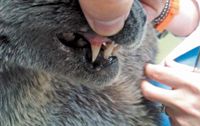
Feline Acromegaly The Keys To Diagnosis

Acromegaly In Cats The Veterinary Nurse

Tumors Of The Endocrine System Veterian Key

Feline Acromegaly Endocrine System Msd Veterinary Manual

Acromegaly In Cats The Veterinary Nurse

Acromegaly In Dogs And Cats Sciencedirect
Pharmacological Treatment With Cabergoline In Three Cats With Acromegaly

The Management Of Feline Hypersomatotropism Hs Acromegaly
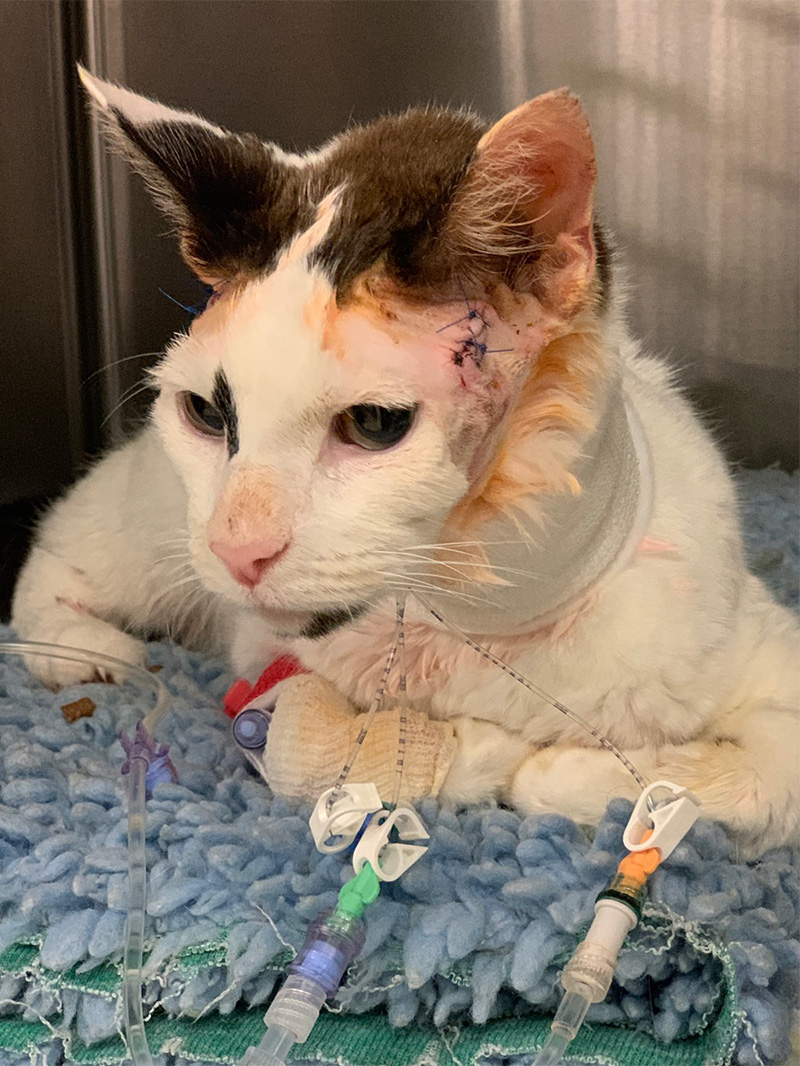
Pioneering Hypophysectomy Treatment Reaches 100 Case Milestone

Acromegaly In Cats Symptoms Diagnosis And Treatment

Acromegaly In Cats The Veterinary Nurse

Acromegaly In Cats The Veterinary Nurse

Acromegaly In Cats The Veterinary Nurse
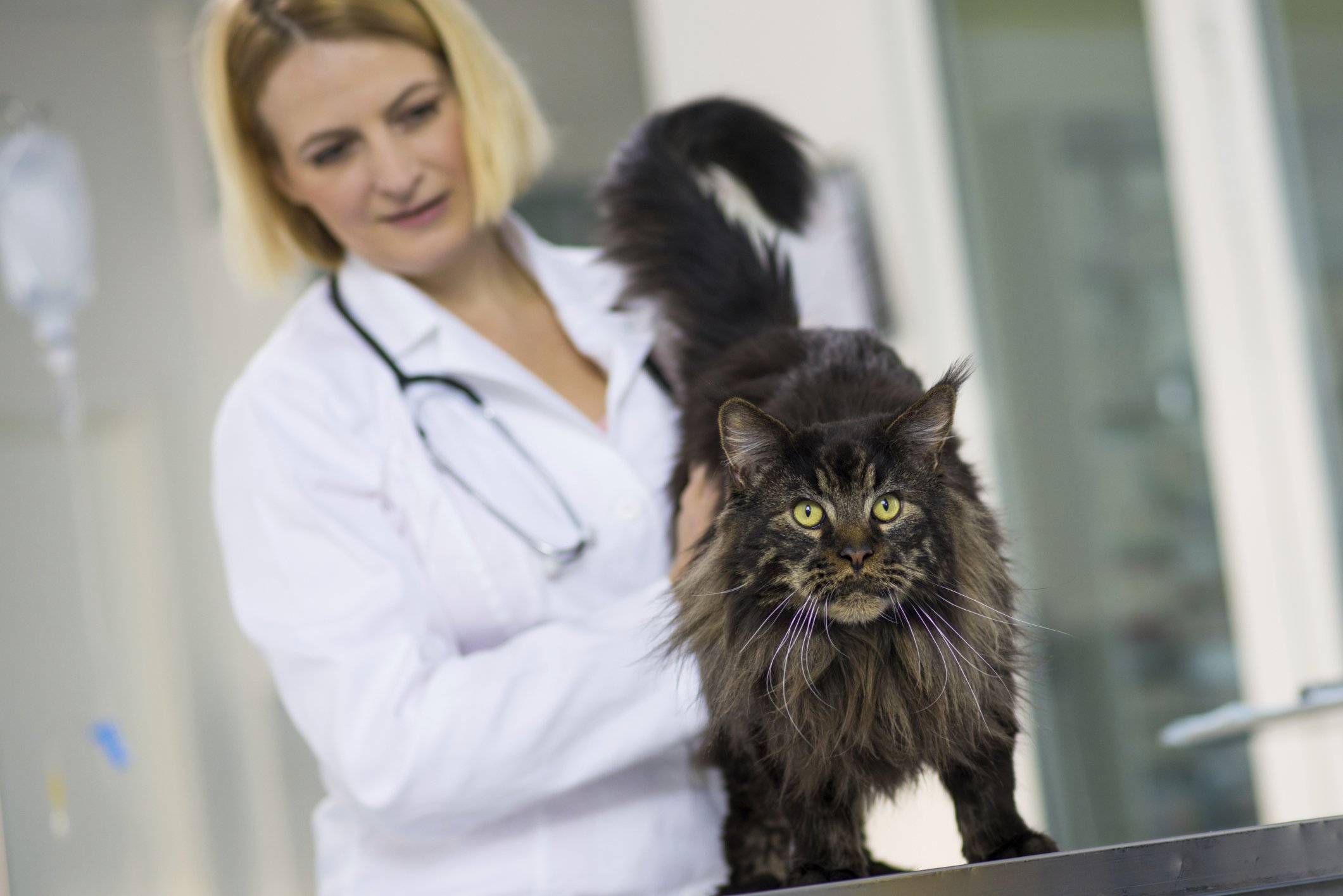
Diagnosis Feline Acromegaly Tufts Catnip

Feline Acromegaly Like Humans A Tumor Most Likely Located On The Pituitary Gland Produces Too Much Growth Hormones Igf 1 Gh W Feline Vet Tech Rare Disease
